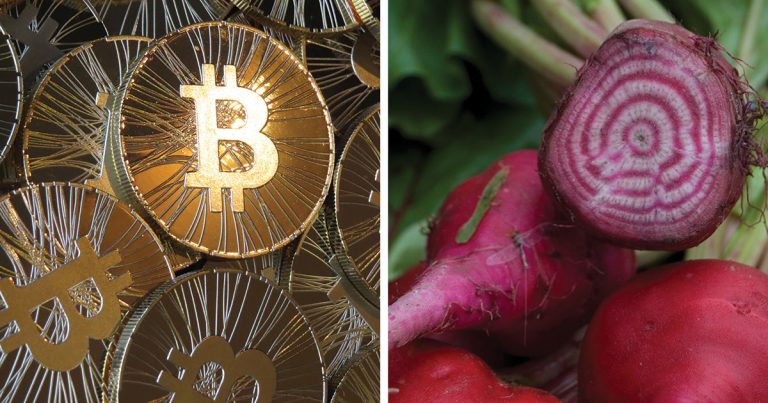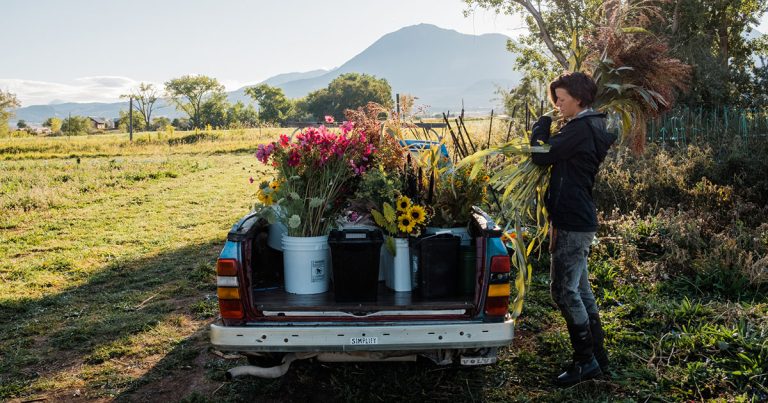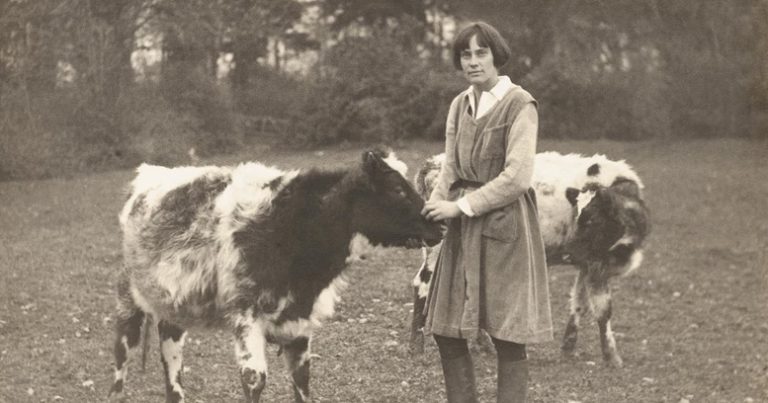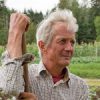Monday, August 21 • 10 min read
A Conversation With Dr. Daphne Miller

Woody Tasch
Founder, Slow Money Institute
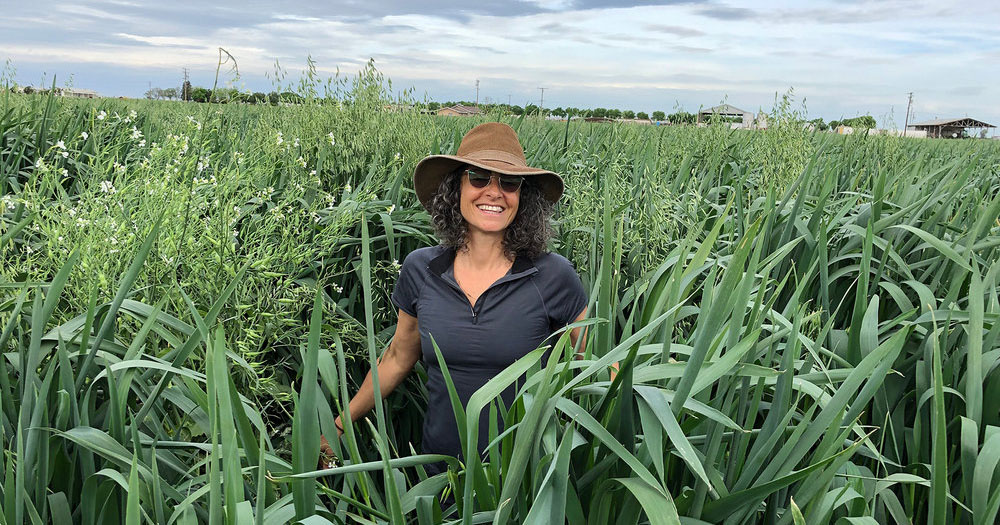
Daphne Miller, MD, (Brown University; Harvard Medical School), is a practicing family physician, author, and associate clinical professor at the University of California San Francisco. For the past 15 years, her leadership, advocacy, and writing have focused on aligning all aspects of food production and agriculture with human health. Daphne is the author of two acclaimed books: The Jungle Effect: Healthiest Diets from Around the World–Why They Work and How to Make Them Work for You, and Farmacology: Total Health from the Ground Up
. In 2000, Miller founded WholeFamilyMD, the first integrative primary care practice in San Francisco.
Daphne Miller: These days I’m focused on the true cost of food. We have the cheapest food in the world. Food purchases make up something like 8% of our GDP. But when you start to factor in all the chronic diseases and environmental impacts—the health footprint of food—then all of a sudden we have the most expensive food in the world. Not 8% but 25% or higher. How is it we have something that is so cheap but so expensive?
Woody Tasch: How do we tackle this?
It’s clear to me that we need to start with the soil. It’s a vertical process. The businesses that are putting food on our table must have an interest in the soil. Their financial return has to be linked back, somehow, to the substrate of the soil. Any consumer goods company that isn’t thinking about the ecosystem in which the food is produced isn’t going to produce healthier food. We can slightly unprocess this or that, but unless we start thinking about the soil, we’re not going to get the shift we need. Farm policy is one shift we need, but the other is to shift the way the food companies do their business. And we need to change our understanding of health.
How does this affect your medical practice?
People are getting so sick because they aren’t connected to a healthy food system. Medicine is putting out fires, it gets to people way too late. We need to work upstream, outside the medical model.
When you say this, what’s the response of your colleagues in the medical community?
I don’t get invited much to medical meetings. I hear more from farmers. Most doctors who pay attention to food focus just on a narrow definition of nutrition, on the broccoli, but not on where the broccoli comes from, how it was grown. They treat food like a drug, a pill, an ingredient. Broader impacts of how food is grown are not sufficiently evidence-based from their perspective. There aren’t good studies linking soil DNA to human DNA. To most doctors, soil is a subject for agronomists. But, to my thinking, health starts with the influence of the ecosystem in which we grow our food. Unfortunately, there is more research into the negative effects of toxins—for instance, whether glyphosates are carcinogenic—than there is into the health-promoting effects of ecosystems. An ecosystems approach seems too theoretical to most doctors.
When you put it that way, it does seem a long way from ecological-systems thinking to specific health-care interventions.
What is guiding me is my own experience, not a polemical approach. I’m not trying to draw some grand conclusion. My experience leads me to a systems view of the interconnectedness of all things. I focus on relationships. In an ecosystem, everything is speaking to everything else. Scientists tend to think in terms of bidirectional arrows and business people in terms of flow charts. Even some of the ideas about ecosystems services, about monetizing the value that ecosystems provide to the economy, slip into linear thinking. The minute you put a monetary value on something in nature you are reducing things to linear calculations of cost effectiveness. You start looking for the most-effective gene deletion, the one organism you are trying to kill, the one drug that will be most effective.
One of our active Slow Money folks—Marco Vangelisti—speaks to the challenges of valuing ecosystem services, giving the example of a living tree that we don’t know how to value until we’ve cut it down and turned it into 2 x 4s.
A farm is growing carrots. You could value it as pounds of beta-carotene per acre. You could determine that x amount of beta-carotene delivers y amount of nutrients. You could measure the amount of organophosphate poisoning costs incurred or avoided. Or what about the amount of lung disease in chicken farmers? These are particular impacts that can be measured. But how the heck are you ever going to measure and value the health impacts of a whole, healthy, sustainable farm? That is what I’d like us to wrap our brains around. Nutrient value, invisible influences from the microbial conversations, clean air and water, the economic health of the local community, absence of poisons, biodiversity, and long-term increases in productivity and yield. It’s crazy that we don’t have a better way to pay for success in farming. Why can’t we create good financial returns for investors who support farmers who are farming the right way?
Now you are getting into a whole other field. It’s complicated enough linking medicine with ecosystems, and now you want to throw in economics too?
That’s where my thinking is going. To the money. We’ll pay to have a foot amputated but we won’t pay to maintain hiking trails and get diabetic people walking them. If somehow the cost savings of the foot amputation could be factored in, then everyone would be investing in hiking trails.
Who is “everyone?” Society as a whole? Individual investors who live near the hiking trails? The problem is that investing in prevention is a tough thing to do. Monetizing prevention is challenging. As Wendell Berry and others point out, there’s more money to be made treating disease after it occurs than in preventing that disease. It’s a kind of corollary to the observation that war is good for the economy.
Why couldn’t there be a mutual fund that makes money on preventing diabetes? You’d invest in companies that share in the savings of preventing the disease. You know, you get 20% of the avoided health-care costs from building those hiking trails. Why can’t we invest like this?
That gets back to that whole other discussion about economics and finance and markets. They are structured around efficiency and technological innovation and industrialization and globalization. It’s not realistic to think you are going to make just as much money farming sustainably and providing services that reduce the incidence of disease as you can make privatizing space travel and accelerating the flow of capital through computer algorithms.
I don’t know, but I do want to keep asking these kinds of questions. We need to work on upstream interventions. Just working with individuals who are accessing a medical clinic is not the place for effective interventions. For most … health care professionals, a population is the people who walk in the front door of your clinic. We need to think more in terms of communities, zip codes, and regions. We need to work on the level of communities and systems.
I can’t help but ask: Don’t you mean “downsoil” instead of “upstream?”
Hah! Of course. That’s why I talk so much in my book about soil. It’s where everything begins. The carbon, nitrogen, and every mineral and vitamin that is a building block in our own bodies is derived from soil. The nutrient exchange between soil, microbe, and plant is similar to what takes place in our own intestines. Diversity of microbiota is key to health.
This makes me think of the controversy about raw milk. When you first hear critiques of pasteurization and homogenization, they sound wildly heretical and even a bit crazy. But then when you think about it some more, you realize that pasteurization is about killing life in the milk and homogenization is about marketing, not health. I know this is still a very hot issue in many circles, but there is an intuitive level on which ultra-pasteurization of milk seems akin to what I might call ultra-fiduciarization of money. You know, we sanitize and commoditize our investments just like we sanitize and commoditize our food.
The raw milk issue is so interesting because there is nothing that horrifies a microbiologist or physician more than someone making even a neutral statement about raw milk. It’s on par with sharing a needle with an infected person. So, it was compelling for me to learn about Erika von Mutius’ research. She looks at low rates of autoimmune disease among farm kids. She finds that raw milk is one of the factors. She publishes frequently in European journals about this. When it came to … publishing … in the United States, in the New England Journal of Medicine, and reporting the results of her research into lower rates of allergies and asthma of farm kids in Bavaria, she didn’t include raw milk in the article. My guess is the Journal never would have published Mutius’s work if she had included raw milk.
There’s a very strong bias against this topic here in the U.S. We go on tirades about the evils of raw milk. But so many more people’s lives are hurt by diabetes. There is something like 30 million people in U.S. with diabetes. It’s astounding. We know what causes it. No mystery. Most of it is processed sugar. Now, let’s Google the number of people sickened by raw milk in the U.S. every year—1% of milk consumed in the U.S. is raw—and of course, this isn’t an apples-to-apples comparison, because I don’t know the number of people who drink raw milk, but still, let’s see: 121 outbreaks of illness related to raw milk in the U.S. from 1993 to 2006. Overall, 1,500 people were sickened and there were two deaths in 13 years . . . versus 10% of our population dealing with diabetes. Way more people become ill or die from ingesting processed sugar. If you go to the Centers for Disease Control website you’ll see very strong language saying in no uncertain terms that raw milk is evil, but they don’t even have a page about processed sugar. We should be having an open discussion about this.
Measuring who gets sick from raw milk is one thing; it’s another to consider the health benefits to people and cows and ecosystems. So how do you measure health? Does this have to be a dollar value? A measure of disease incidence and treatment costs? Is there another way to show the value?
Isn’t that why some communities create alternative currencies? They are trying to value things in a way money typically doesn’t. Some things can be quantified and some can’t, even though they are obvious. Community. Less cancer and less suffering. More resilience in the face of disasters. There are folks beginning to measure factors that increase community resilience in times of natural disasters and war.
We’ve come a long way from the true cost of food, haven’t we?
We have a highly inequitable food system. People who can only afford and access cheap goods, versus people who are willing and able to pay for things that are made with integrity. We are seeing the limits of the “buying cheap crap” approach in terms of our health and the health of the planet but we need to change much more than consumer demand to fix this problem. We need to work from the soil up. It’s good to see Slow Money working on the investor side of things.
